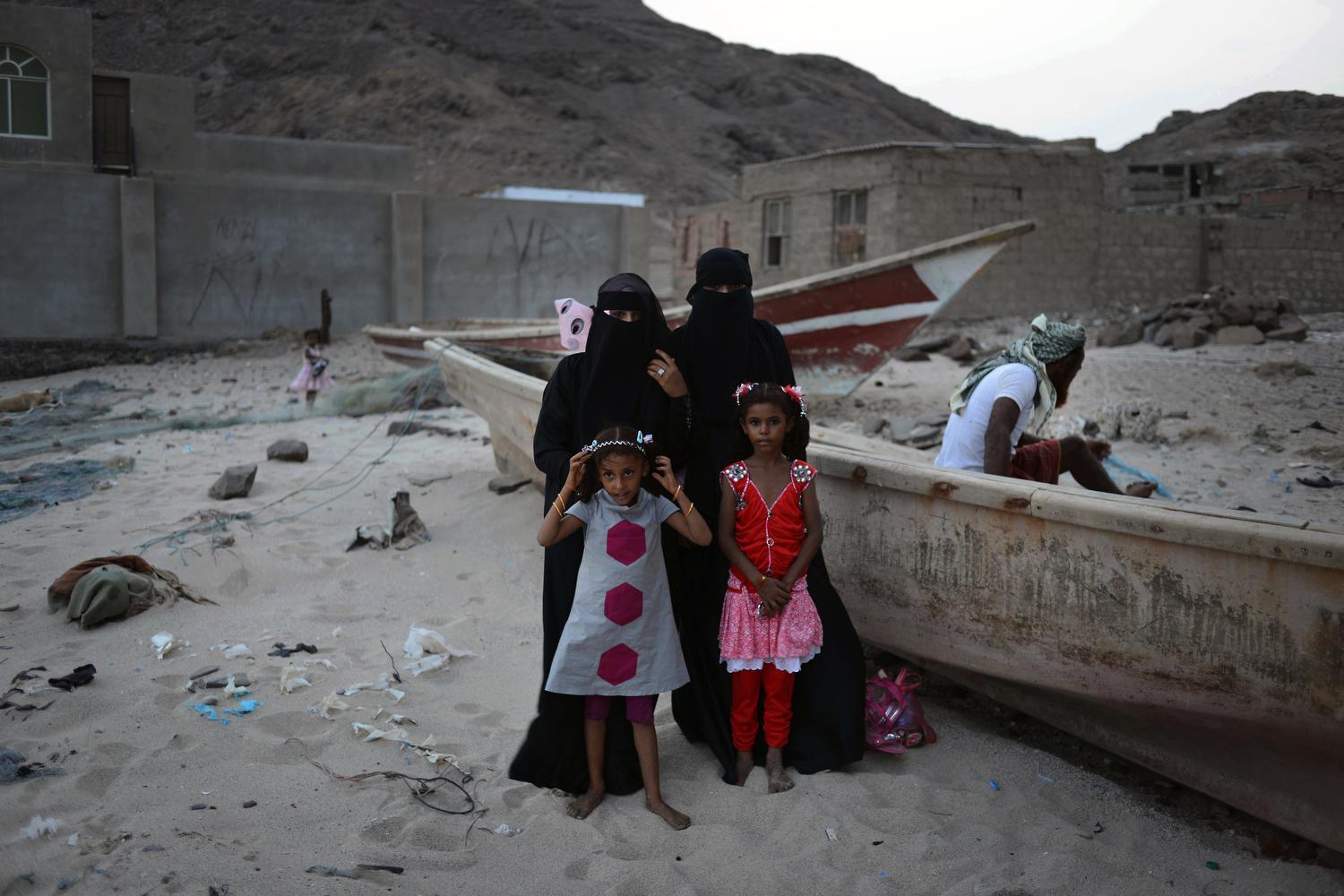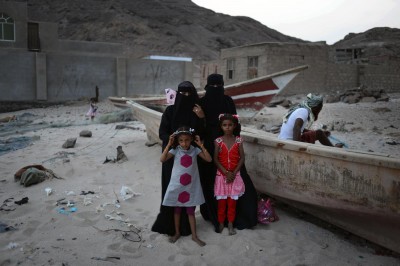The village is called Kupbagan. At least that is what fisherman and village resident Muhammad Annas said. The small cluster of houses is not on any map, and is unlikely to be noticed by any except those who live there.
There are thousands of rural habitations like this outside the capital of each governorate of Yemen. Seventy-four percent of the population lives in rural areas, and the majority of those lack the same three things: electricity, clean water, and education. Much has been said about how Yemen’s violence and instability (often abetted by U.S. drone strikes, among other things) could impact the wider world. But rarely discussed is how failures in policy and the stalled transition in Yemen’s government affects the local population.
Running along the beachside route toward Kubagan, there is a small flexible tube. It’s a garden hose running all the way from the next town, and it’s the only source of clean water the village has.
There are no power lines in sight, and just like everywhere in Yemen, Mohammad Annas says, “Ma fi kaharaba”—there’s no electricity. At least when there is power, residents of Kupbagan can glimpse the lights of Little Aden nearby.
The most important thing for the future of Yemen is also missing: education. “There is no school here, not even a teacher. If we had a teacher they could meet in our houses, but no,” says Mohammad. “I want my daughters to go to school, but the nearest one is far, and they can’t walk there alone.”
Some Yemenis say the situation was better before the revolution; others say Yemen has a brighter future now. Yet most agree that, in their daily lives, nothing has changed.

